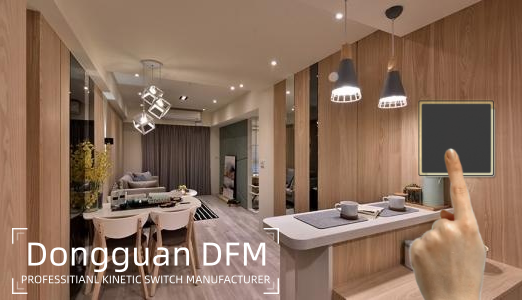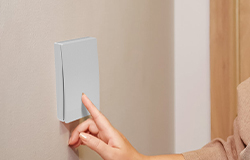More and more buildings, both residential and commercial, are getting building automation systems installed. There are many useful features in modern automation systems that now appeal to more people than the original early adopters. Often, however, the cost of wiring the automation puts them off the project. However, there is a simple solution: interconnect all components using wireless technology to avoid the need for wires.

Wiring
Wiring in a building can have many disadvantages:
1. drilling of holes leads to the need for plastering and painting, which not only spoils the aesthetics, but produces chemical gases that can be hazardous to one's health.
2. lengthy process can disturb occupants and cause businesses to shut down, can be expensive as hourly rates for electricians are not cheap these days, may not always be feasible due to architectural constraints
3. Less flexible, once the wires are connected to the sensors, you can't easily decide to change the location of the sensors at a later date.
For these and other reasons, most people are now choosing to use wireless technology for home automation.
Wireless
Wireless technology is now part of our daily lives: we use it to talk on our cell phones, listen to the radio, use it as a navigation tool for our car's GPS, surf the web on WiFi at home or at work, stream video to a wireless TV or from a wireless video surveillance camera, and more. In fact, most new alarm systems installed today utilize wireless sensors to ensure a quick and cost-effective installation. If we believe that wireless technology can be used for all these other purposes, why not for home automation?
Self-powered wireless devices
In this type of system, sensors and actuators actually harvest the energy they need to function properly on their own, eliminating the need for batteries. This is where it gets really interesting; these devices utilize energy-harvesting technologies to harvest energy from their surroundings, such as from motion, light, or temperature differences.
Such battery-free devices may initially be a bit more expensive than battery-powered devices, but they're actually more economical for your wallet in the long run, and wireless kinetic energy switches are an excellent choice.

 CN
CN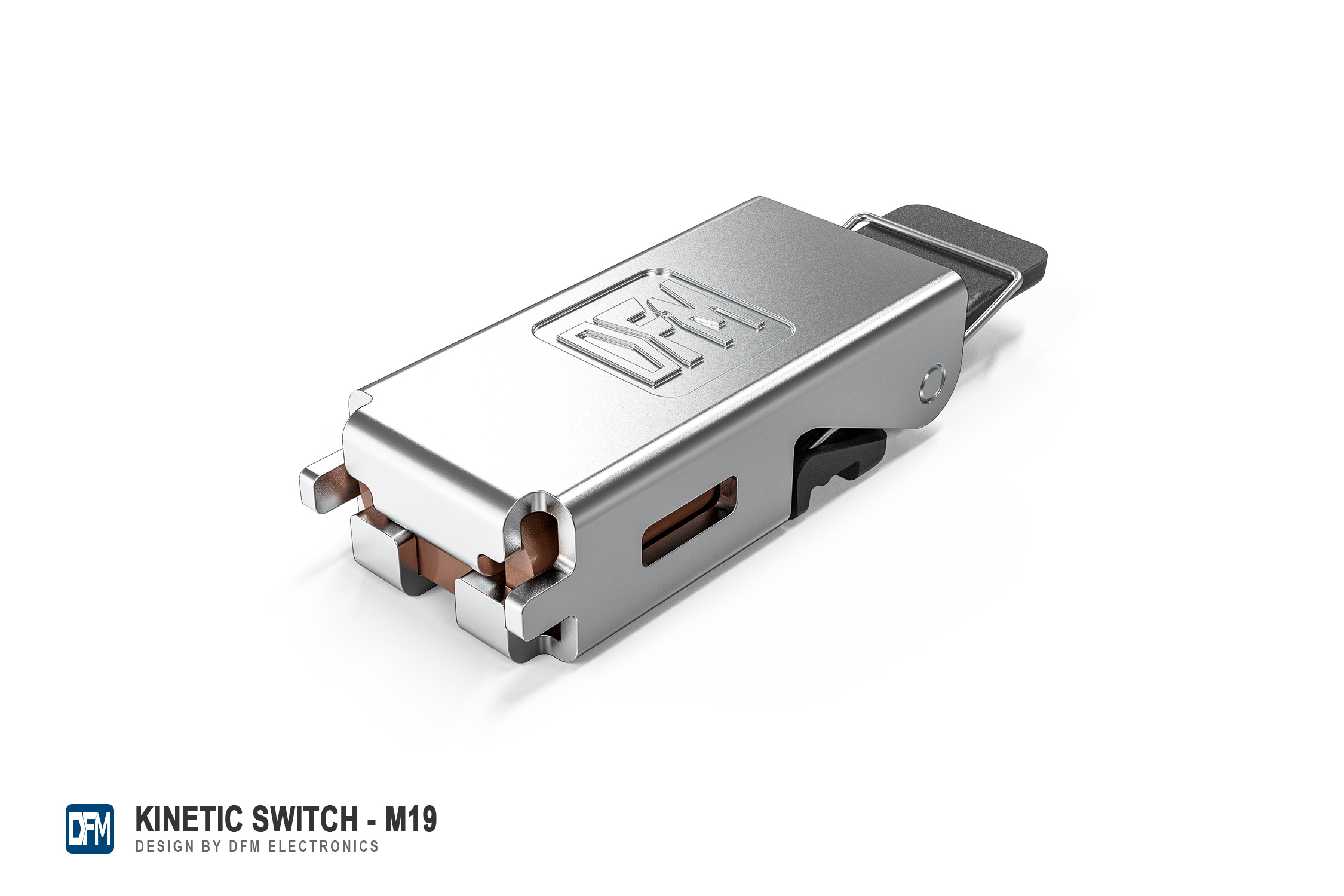

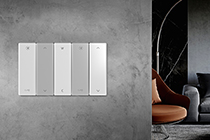
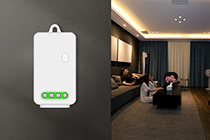

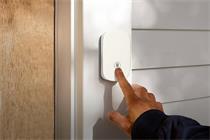







 Home
Home DFM
DFM  Jul 21,2023
Jul 21,2023 
 Self-Powered Products Market Trends
Self-Powered Products Market Trends 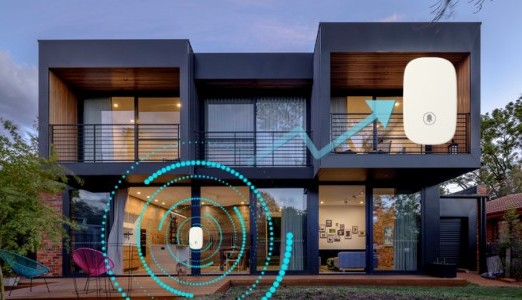
 Jul 14,2023
Jul 14,2023 

